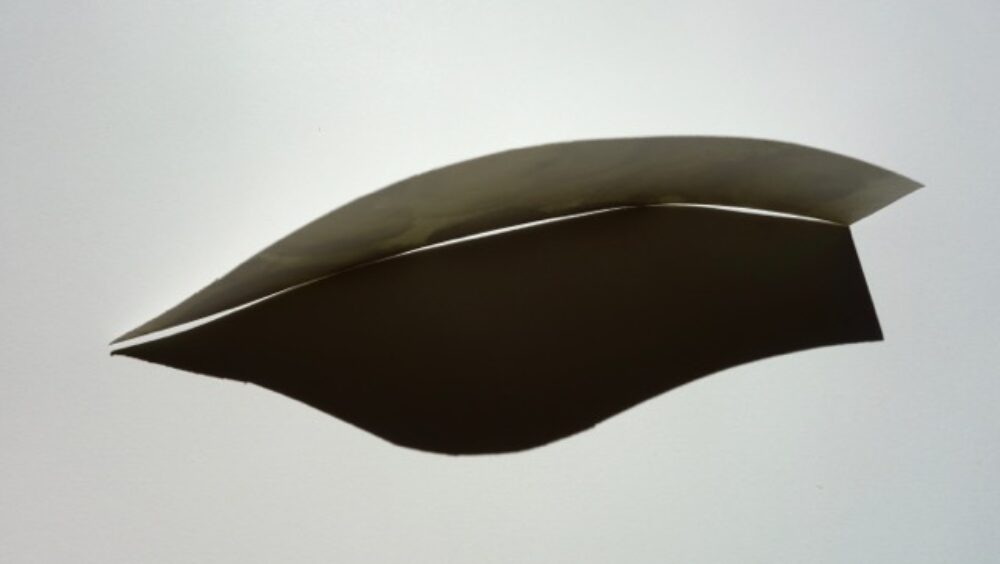I am still perseverating on the question… why toilet paper?
What came to my mind in thinking about the power of TP was Maslow’s hierarchy. This is a familiar (and very American) pedagogical tool. It is American in its blithe promotion of “self-actualization” as an ultimate goal. Nevertheless, it is a tool that can help privileged, self-actualizing American college students understand why so few very poor people are sitting next to them in class. Very poor people are too busy trying to feed, shelter and protect themselves. Such basic activities limit one’s ability and predilection to ruminate on Dostoevsky’s place in world literature.
In thinking about Mazlow’s hierarchy I realized that every level is linked by toilet paper. This is the power of TP; it is intimately rolled into our most basic physiological functions. Its very personal role is to keep us safe from the microbially dangerous waste we privately produce. In so doing, TP also sets the stage for us to experience the love and acceptance that accrues to those who do not waft of excrement. From social acceptance follows self-esteem and once we have reached the ledge of self-regard, it is but a small leap to the apex of “self-actualization”.
When something like the COVID pandemic strikes, Mazlow’s pyramid makes more sense upside down. Our lives are no longer safely arranged. Our “base” needs are no longer afterthoughts. They loom large. Will our “base” needs be met? If they are not met, who will we be? The weight of our biological vulnerability presses down. Can we bear it?
We are not masters of the universe, we are virus bait.


